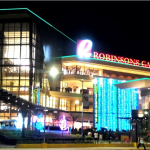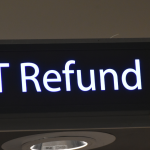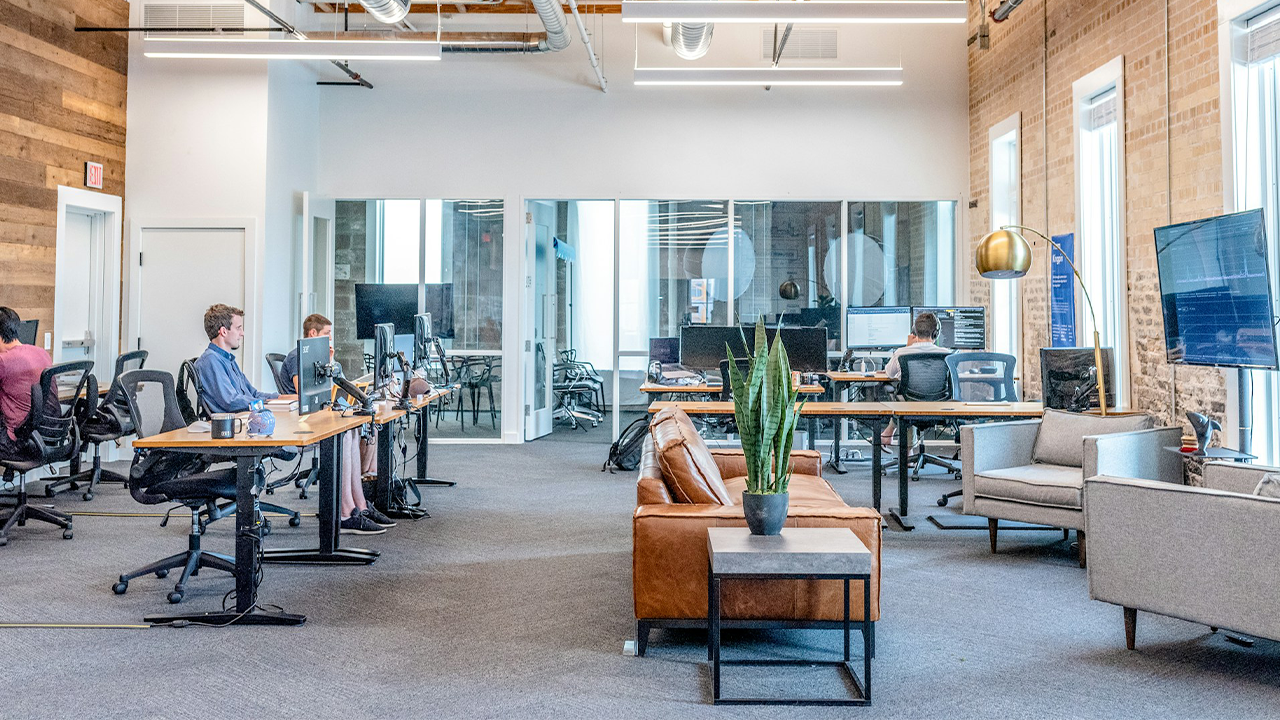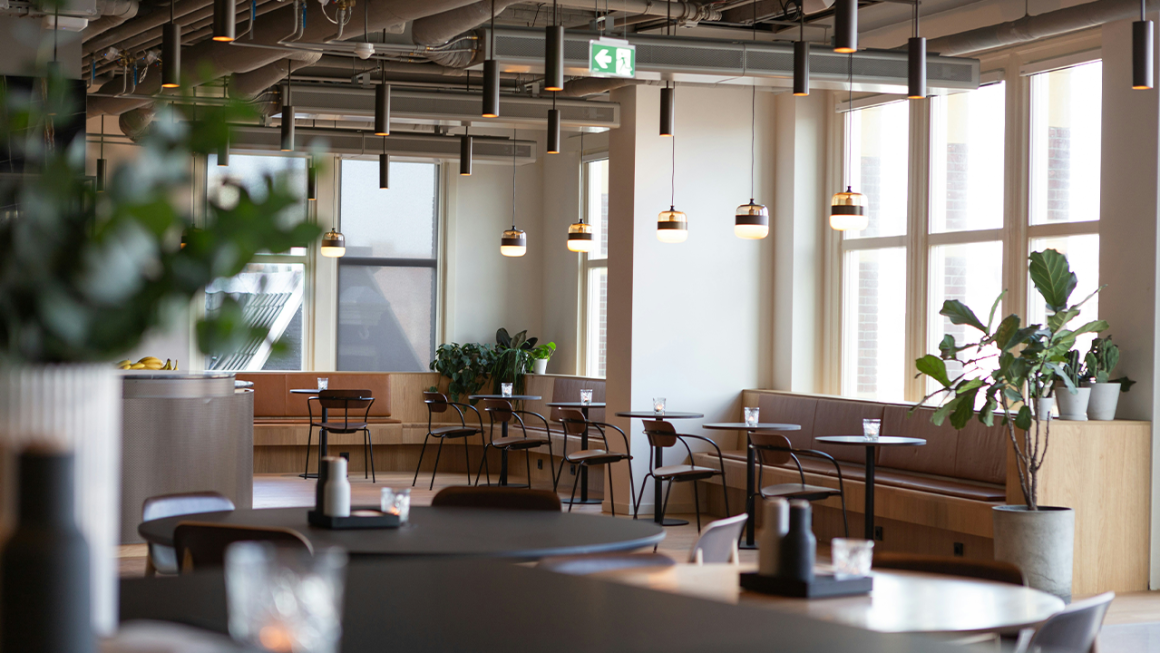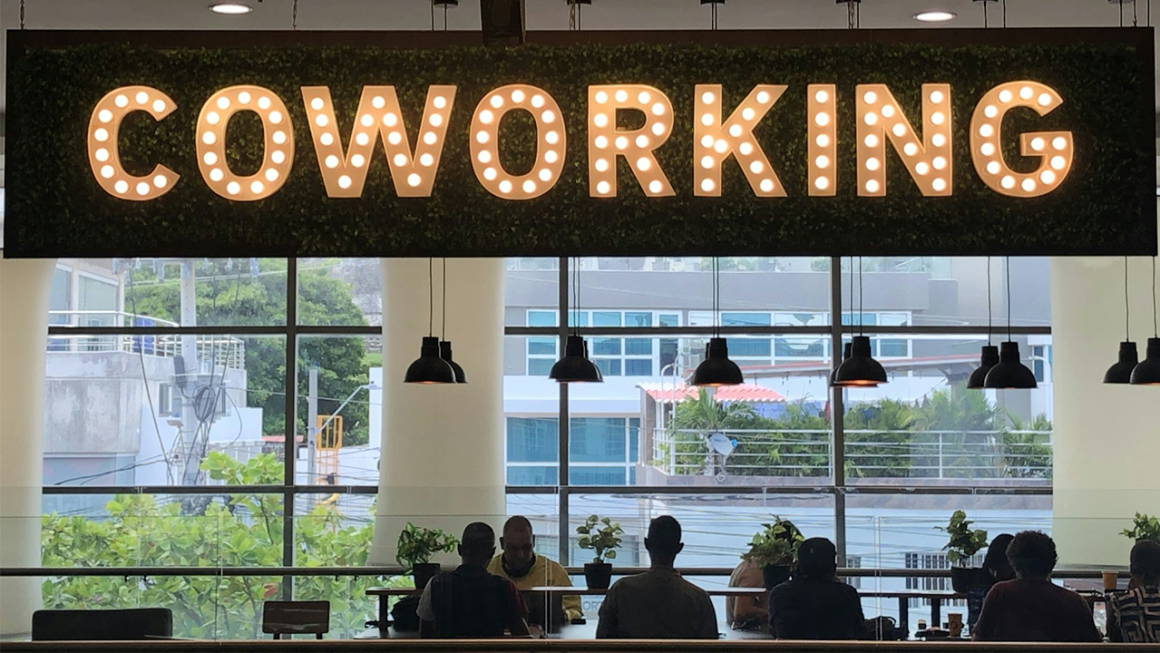Discover the different types of coworking spaces in Cebu. Find the perfect spot to stay productive while soaking in the city’s energy.
While some people work productively at home, many others thrive in coworking spaces.
There’s a certain appeal to coworking that lent it instant popularity among self-employed professionals, online hustler, and startups. Maybe it’s the flexibility that sweetens the pot. Or, perhaps it’s the community vibe that adds flavor to the experience.
As opposed to working on your couch for free, there are benefits to coworking that are worth the price you pay. For one, it puts you in the same space as professionals coming from different backgrounds. If you have an appetite for possible collaborations and partnerships, this will work for you. Even if you prepare in the corner undisturbed, you can get your fill of productivity.
Another charm to coworking spaces is they don’t follow a cookie-cutter business model. Every establishment can have its own recipe for an office structure and inside culture.
To give you a better idea of how they work, here’s a guide to the different types of coworking spaces currently being served in Metro Cebu.
Coworking Spaces
Anyone looking for a better alternative to working from home will be drawn to coworking spaces.
These are those Google HQ-inspired hubs where people can drop in to work any time. They usually have that cafe vibe – relaxed yet dynamic. They make a perfect place for community and collaboration.
The idea is to remove the stiffness of an office setting whilst providing the amenities to keep your creative juices flowing. There are power outlets wherever you sit. Desks, beanbags, and various other seating options ensure comfort. Phones, printers and scanners are usually right on the spot. There’s fast internet connections and, more importantly unlimited coffee or tea.
Coworking spaces can be used on an hourly, weekly, or monthly basis. Some providers offer memberships that allow you to access other locations, join networking events, and enjoy discounts on things like gym memberships.
The main advantage to these spaces is that they help small businesses and startups to stay lean.
Shared Offices
If we are to be specific, shared offices and coworking spaces are actually two different things. However, we often hear these terms used interchangeably. That’s because many of the bigger service providers offer shared offices and coworking facilities in one commercial space.
Startups and remote workers benefit the most from the service. Here’s why:
- It removes the hassle and cost of securing your own lease.
- It puts out a professional image for startups and small businesses.
- It provides a collaborative atmosphere for terms and likeminded professionals.
- All you need is to show up and get to work.
How does it work?
A shared office is, well, an office shared by two or more businesses. Typically, the lead tenant rents the unused office space to other businesses. Each business will have dedicated desks or private offices within the commercial space, but all tenants will share communal areas such as meeting rooms, pantry, and restrooms. The sub-tenants may pay a small fee for office supplies.
This is beneficial to both parties. The lead tenant is able to mitigate the cost of their lease, while the sub-tenants get access to a fully equipped office at a fraction of the cost. If you’re a startup, you can get past the logistics involved in setting up shop and just focus on your core business process. Shared office agreements often start from one month, renewable on flexible terms.
So what makes it different from a coworking space?
Shared offices are usually housed in serviced business centers, whereas coworking spaces usually have open plan layouts. Most shared office facilities have a receptionist who will meet and greet clients or take calls for you. Some operate as executive suites complete with full reception services, a kitchen and a dedicated conference room.
Over time, the distinction between the two became blurred as some shared offices start leaning towards the individualistic coworking environment. We call this corporate coworking.
Here’s another striking difference. Coworking spaces are home to freelancers, some of whom are not tied to any specific business or are just getting their name out in the industry. On the other hand, shared offices cater to more established businesses and thus provide conventional office amenities
Seat Leasing
Basically, seat leasing is a workstation-for-rent scheme. It allows businesses to rent seats or an office space for their employees in a fully equipped outsourcing center.
It works pretty much like shared offices. You can rent as many seats as you need (even just one!). This means you can easily scale up as your business demands. Most seat lease packages include office furnishings, internet connections, and fully equipped workstations. They may even include use of conference rooms and lunch area.
Like shared offices, seat leasing also operates on flexible terms. You can enter into short agreements and extend your contract as necessary.
This business model steps further away from the concept of coworking. It’s a common among call center companies and smaller BPO operations.
Study / Learning Cafe
A study cafe can be considered as a coworking space as it’s accessible to anyone who needs a place conducive for work. They cater more to students in need of a place for binge-study sessions and all-nighters.
You can get a pass for a day or pay for few hours. Since their main clientele are students, study cafes typically offer lots of deals and promos.
Like most coworking spaces, study center often provide internet access, comfortable seats and printing and scanning services. Some go the extra mile to provide Zen areas, napping areas, Skype rooms, and business meeting spaces.
Know of other coworking flavors? Share them in the comments below!


